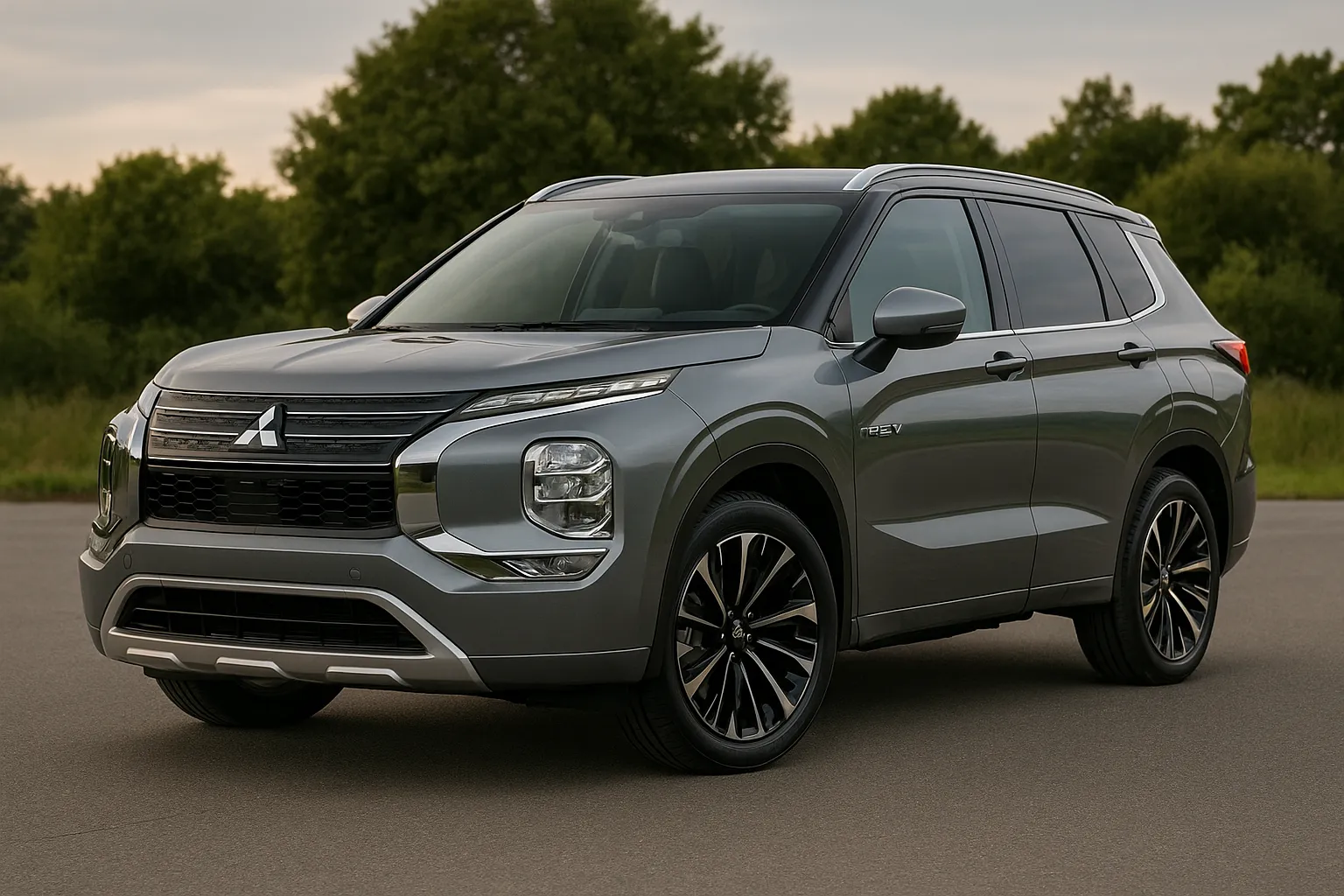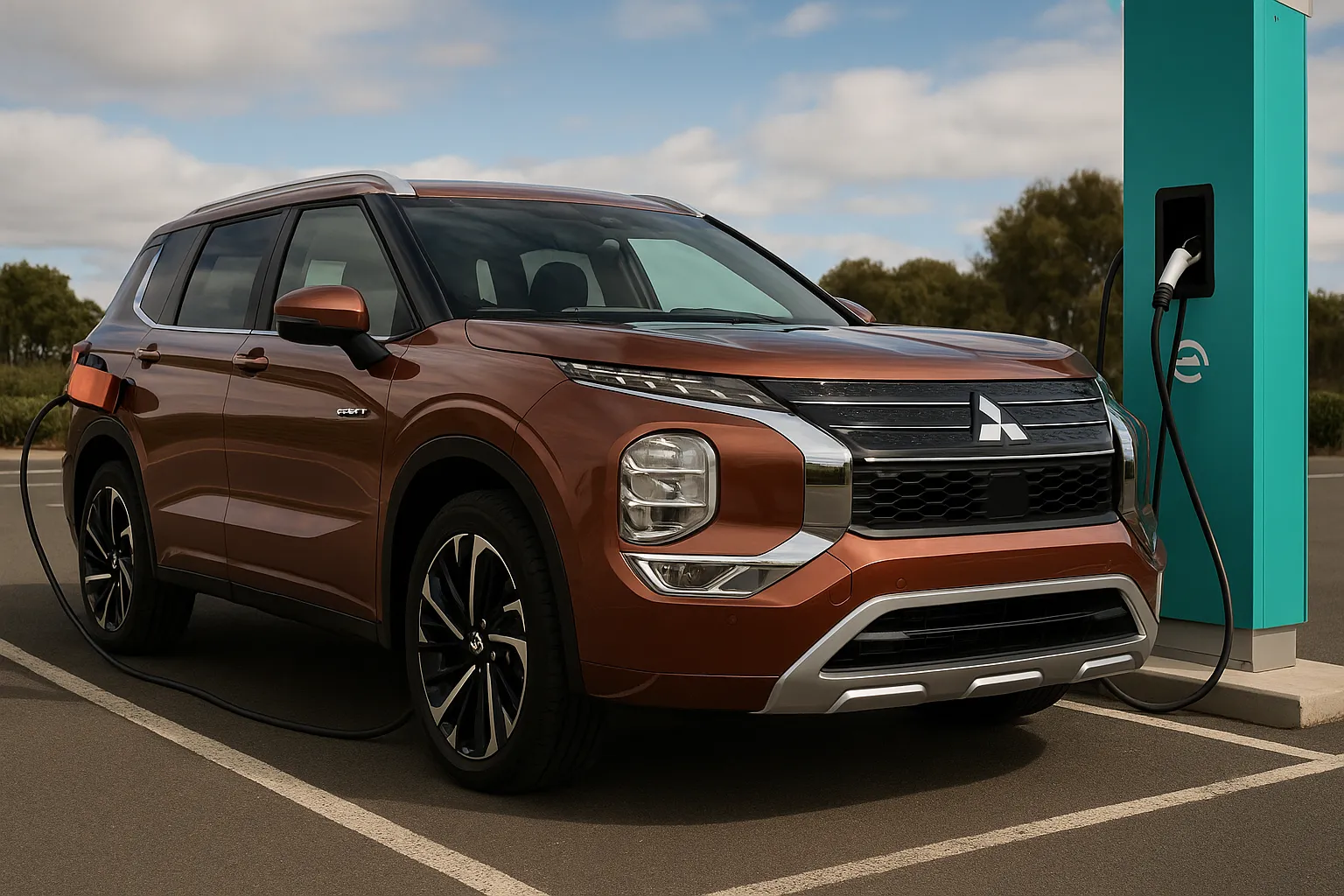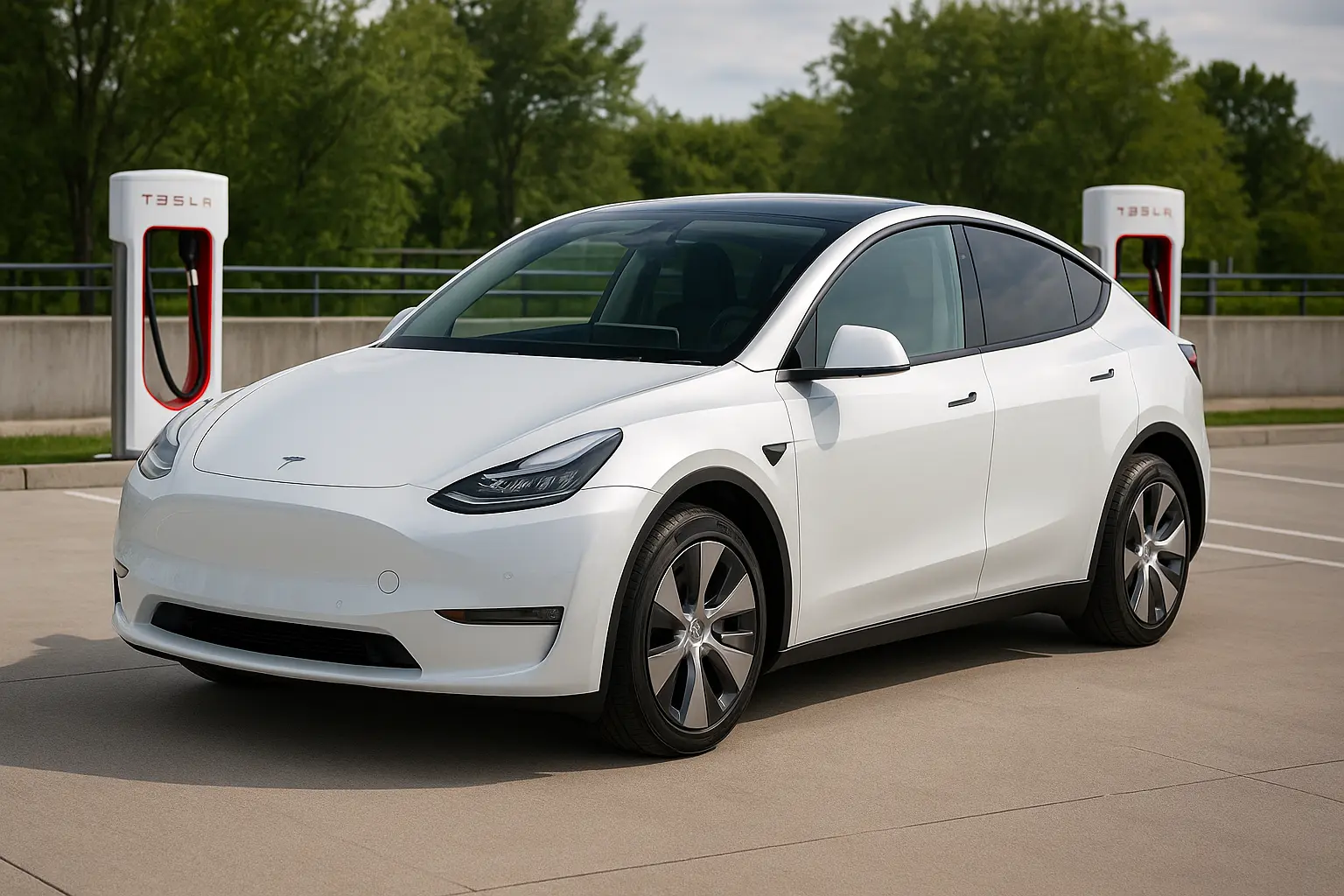🚘 Introduction – Why Plug-in Hybrids Are Booming in Australia
Australia's automotive market is rapidly shifting. While full electric vehicles (EVs) continue to grow in popularity, plug-in hybrid electric vehicles (PHEVs) offer a compelling middle ground — blending the convenience of petrol with the efficiency and quiet operation of electric motors.
PHEVs are ideal for Aussie drivers who want to:
Reduce fuel costs
Drive electric in urban environments
Have the reassurance of petrol for longer drives or regional trips
Avoid full EV charging infrastructure limitations
In this blog, we’ll explore the top plug-in hybrid cars available in Australia in 2025, focusing on value, performance, range, efficiency, practicality, and how they suit Aussie conditions.

🏆 What Is a Plug-in Hybrid (PHEV) and Why Should You Consider One?
Plug-in hybrids combine a petrol engine with an electric motor and a larger battery than standard hybrids. Unlike regular hybrids, PHEVs can be charged from a wall plug or charger and typically offer 40–100km of pure electric range, perfect for daily commutes or short errands.
🔑 Benefits of Plug-in Hybrids:
Reduced fuel consumption for short trips
Government rebates in some states
No range anxiety on long trips
Lower emissions without compromising practicality
Ideal for mixed driving needs
🇦🇺 Best Plug-in Hybrids in Australia (2025 Edition)
Let’s explore Australia’s top-rated and best-selling PHEVs, including SUVs, sedans, and luxury models.
1. 2025 Mitsubishi Outlander Plug-in Hybrid EV (PHEV)
Price Range: $56,000 – $72,000
EV Range: ~84km
Fuel Consumption: 1.5L/100km (combined)
Seats: 5 or 7
Drivetrain: AWD
✅ Highlights:
Best-selling PHEV SUV in Australia
True 7-seat capacity (rare in this class)
AWD traction with dual motors
Smooth and quiet electric drive
Excellent real-world EV range
👎 Considerations:
Heavy due to battery weight
Premium pricing on higher trims
The Outlander PHEV remains one of the most practical family hybrids, offering long EV range and SUV versatility with modern features like adaptive cruise control, panoramic sunroof, and wireless Apple CarPlay.
2. 2025 MG HS Plus EV
Price Range: $47,000 – $52,000
EV Range: ~63km
Fuel Consumption: 1.7L/100km
Seats: 5
Drivetrain: FWD
✅ Highlights:
Most affordable plug-in hybrid SUV in Australia
Modern cabin design with digital instruments
Reasonable EV range for its price
Popular with urban and suburban families
👎 Considerations:
Build quality not premium
Some lag in transitions between electric and petrol modes
The MG HS Plus EV is Australia’s value-for-money champion in the PHEV category. It’s a great starting point for buyers dipping their toes into the electrified market.
3. 2025 Volvo XC60 Recharge Plug-in Hybrid
Price Range: ~$92,000
EV Range: ~81km
Fuel Consumption: 1.6L/100km
Seats: 5
Drivetrain: AWD
✅ Highlights:
Elegant Scandinavian design
Powerful turbocharged engine + electric motor
Intuitive Google-based infotainment
High safety and tech inclusions
👎 Considerations:
Premium price tag
Smaller boot compared to rivals
The XC60 Recharge offers luxury, sustainability, and performance in one classy package — ideal for buyers who want to go green without compromising on refinement.
4. 2025 Toyota RAV4 Plug-in Hybrid (Expected Mid-Year)
Estimated Price: ~$65,000
Expected EV Range: 70–80km
Fuel Consumption: 1.2L/100km (estimated)
Drivetrain: AWD
Toyota’s RAV4 PHEV version is expected to arrive in Australia in late 2025 and is already creating buzz. Known for reliability, Toyota will likely offer this hybrid with strong efficiency, off-road capabilities, and tech-loaded trims.
Stay tuned — it’s likely to be a future best-seller.
5. 2025 Cupra Formentor VZe
Price Range: $65,000+
EV Range: ~55km
Fuel Consumption: 1.9L/100km
Seats: 5
Drivetrain: FWD
✅ Highlights:
Bold sporty design
Engaging driving dynamics
Well-appointed interior
👎 Considerations:
Not ideal for long-distance all-electric use
FWD only (no AWD variant)
The Formentor VZe is for those who want their hybrid with attitude and edge. A stylish alternative to conservative hybrid SUVs.
6. 2025 Peugeot 3008 GT Sport PHEV
Price Range: ~$82,000
EV Range: ~60km
Fuel Consumption: 1.6L/100km
Seats: 5
Drivetrain: AWD
✅ Highlights:
French flair in design
Advanced i-Cockpit layout
Smooth electric power delivery
👎 Considerations:
Pricey compared to rivals
Limited dealership network in regional areas
The 3008 GT PHEV is a premium European SUV that caters to style-conscious buyers wanting something different.
🧪 Plug-in Hybrid Sedans and Hatchbacks Worth Considering
While SUVs dominate the market, a few sedan and hatchback PHEVs are also great picks:
7. 2025 BMW 330e Plug-in Hybrid Sedan
Price Range: ~$85,000
EV Range: ~60km
Fuel Consumption: 1.9L/100km
Drivetrain: RWD
Combines driving dynamics with fuel-saving tech
Ideal for luxury commuters and enthusiasts
One of the most balanced PHEV sedans available
8. 2025 Mini Countryman SE All4 Plug-in Hybrid
Price Range: ~$70,000
EV Range: ~50km
Quirky premium SUV with city-friendly EV range, funky cabin, and compact footprint.
📊 Plug-in Hybrid Comparison Table
| Model | EV Range | Fuel Use | Price Range | AWD Option | Seats |
|---|---|---|---|---|---|
| Mitsubishi Outlander | 84 km | 1.5 L | $56K – $72K | Yes | 5–7 |
| MG HS Plus EV | 63 km | 1.7 L | $47K – $52K | No | 5 |
| Volvo XC60 Recharge | 81 km | 1.6 L | ~$92K | Yes | 5 |
| Toyota RAV4 PHEV | 70–80km | 1.2 L* | ~$65K (est) | Yes | 5 |
| Cupra Formentor VZe | 55 km | 1.9 L | $65K+ | No | 5 |
| Peugeot 3008 GT Sport | 60 km | 1.6 L | ~$82K | Yes | 5 |
| BMW 330e Sedan | 60 km | 1.9 L | ~$85K | No | 5 |
⚖️ PHEV vs EV vs Hybrid – Which Is Right for You?
| Feature | PHEV | EV | Hybrid (HEV) |
|---|---|---|---|
| EV Range | 40–100 km | 300–700 km | Minimal (Not plug-in) |
| Charging | Wall plug/charger required | Mandatory charger usage | No plug needed |
| Petrol Backup | Yes | No | Yes |
| Best For | Mixed driving, city + long trips | Daily city commuters | No charger access, fuel-saving |
✅ Government Incentives and PHEV Benefits in Australia
While full EVs still dominate most state-based incentives, some plug-in hybrids qualify for fringe benefit tax (FBT) exemptions under novated leases, especially for businesses and salary packaging.
Some states (like ACT and NSW) also offer:
Registration discounts
Stamp duty exemptions
Access to T2/T3 transit lanes
🔧 Maintenance, Charging & Ownership Tips
🔋 Charging:
Charge at home overnight via standard 10A outlet or install a 7kW wallbox for faster charging.
Most PHEVs take 3–6 hours to charge fully.
🧰 Maintenance:
Similar to petrol cars + battery management
Brake systems last longer due to regenerative braking
Battery warranty generally 8 years or more
🎯 Buying Tips – What to Look for in a PHEV
Real-world EV range vs brochure numbers
Boot space – some lose room due to batteries
Driving transitions – check smoothness from EV to petrol
Charging time and compatibility
Value vs efficiency payoff over ownership period
📌 Final Thoughts – Are Plug-in Hybrids Worth It?
Yes — especially in Australia where EV infrastructure is improving but not yet universal. PHEVs offer a great bridge between petrol and full-electric, combining low emissions, flexibility, and long-distance practicality.
Whether you're a city commuter, a family road-tripper, or a business professional looking for fuel savings, there's a plug-in hybrid in 2025 that fits your lifestyle.
Leave a comment
Your email address will not be published. Required fields are marked *




